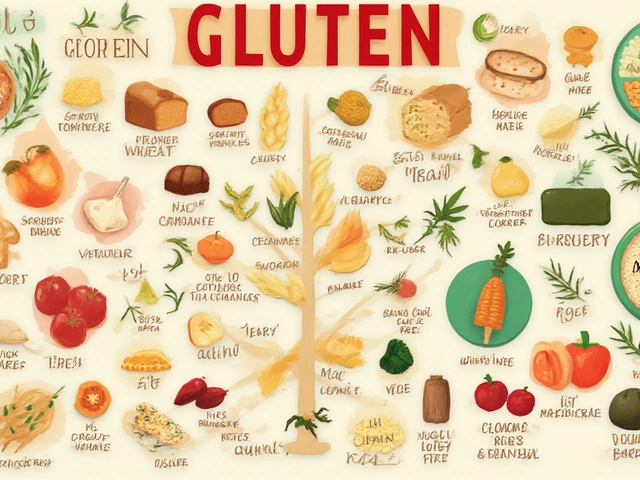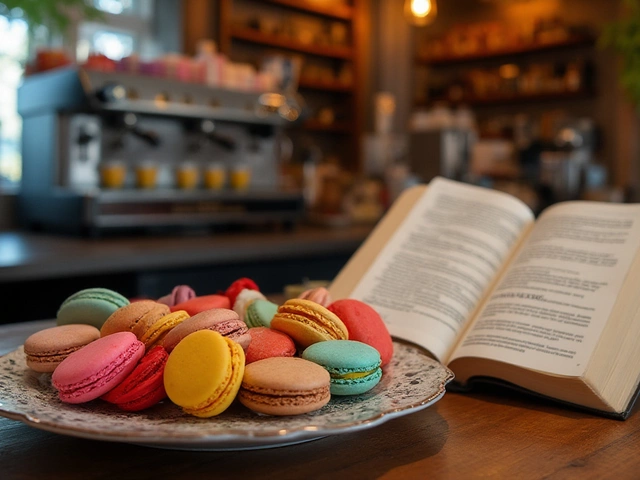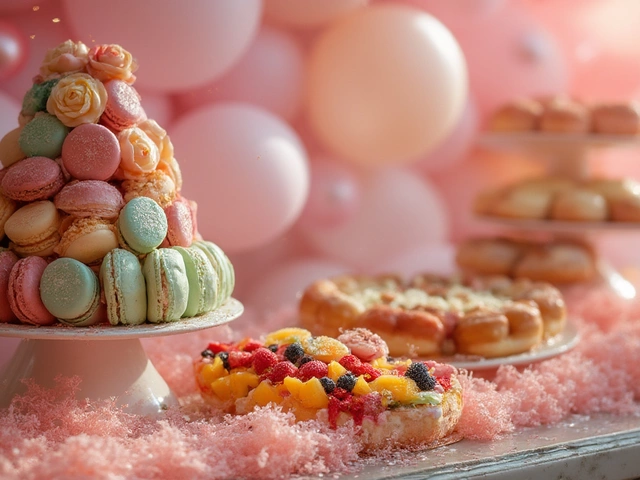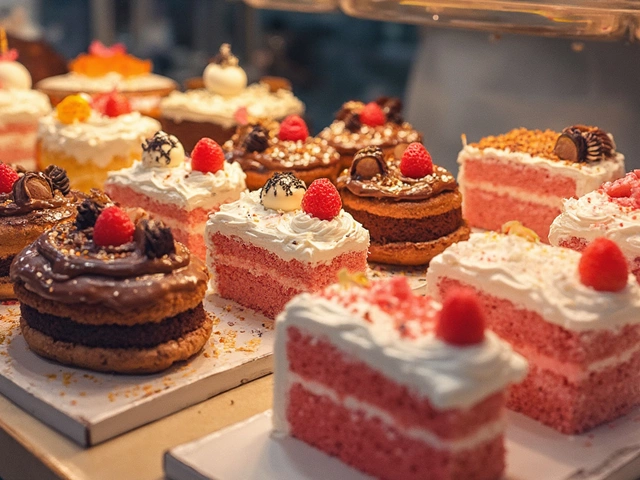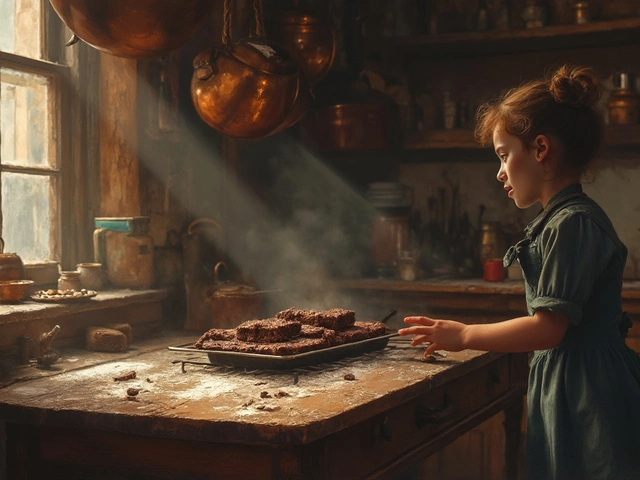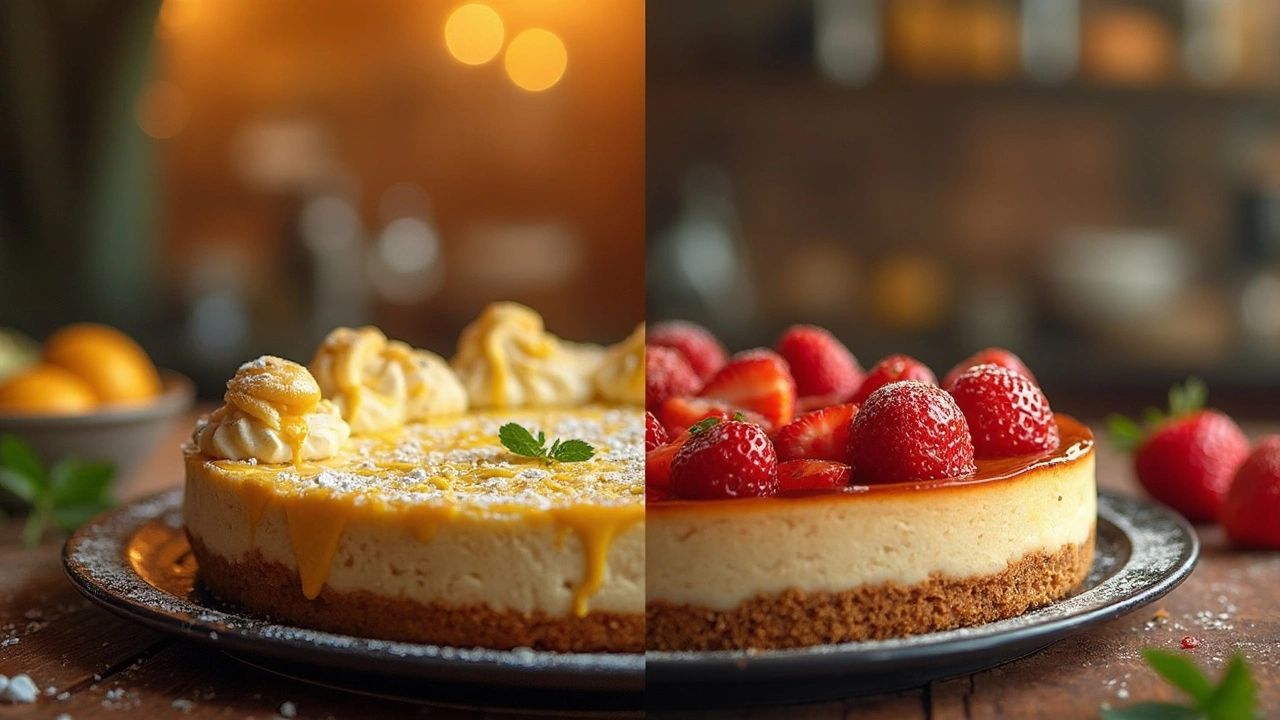
Ever notice how cheesecake doesn’t always mean the same thing on every menu? If you’ve sampled an Italian cheesecake and a New York version, you’ll know they’re not just two names for one dessert. The difference isn’t just about accents or geography—it’s about what goes inside, how it’s baked, and honestly, which one your family will ask for at birthdays.
If you’re trying to choose a recipe or just don’t want that awkward moment when someone says, “Wait… what happened to the cream cheese?” you’re in the right place. Getting these differences straight can save a baking disaster or a disappointing dessert table. Trust me, I’ve had to explain to my kids why grandma’s ricotta pie tastes nothing like the cheesecake from that Midtown bakery!
- Origins and Traditions
- Core Ingredients Showdown
- Texture and Taste Differences
- Tips for Baking Each Style
Origins and Traditions
So where did Italian cheesecake and New York cheesecake really begin? It’s not just an old family recipe versus a swanky bakery—these cheesecakes have real cultural roots.
Italian cheesecake was born in Southern Italy, especially around Sicily and Naples. What makes it stand out? Local fresh ricotta cheese, a staple in countless Italian desserts. Italians have been mixing ricotta with sugar and eggs for centuries, often serving the cake around Easter. You’ll find old-school versions packed with candied fruit or a dusting of powdered sugar. Many families have handed down their specific blend, but ricotta is always the heart. You might hear Italian cheesecake called “cassata” or “torta di ricotta” in actual Italian bakeries.
Now, head over to New York. New York cheesecake really took off in the early 1900s. Credit goes out to Jewish immigrants who swapped out ricotta for that creamy Philly-style cream cheese invented in the late 1800s. The rich, dense texture became a hit, especially in Manhattan, where restaurants like Junior’s and Lindy’s made a name out of their extra-thick, sweet cheesecakes. This New York staple showed up in diners, delis, and eventually everywhere across the country.
- Italian cheesecake: Born in Southern Italy, star ingredient is ricotta cheese, traditionally served at Easter.
- New York cheesecake: Perfected in New York City, uses cream cheese, known for being super creamy and rich.
These traditions carry through today, whether you’re using your nonna’s recipe or ordering a slice in Times Square. Every bite is a trip through bold, local flavors and family history.
Core Ingredients Showdown
Here’s where Italian cheesecake and New York cheesecake really go their separate ways—the cornerstone ingredients. The kind of cheese at the heart of each dessert makes all the difference, and there’s no faking it if you want that true flavor.
Italian cheesecake leans heavily on ricotta. Classic Italian family recipes almost always call for whole milk ricotta cheese, which gives the cake a slightly grainy, lighter feel. Some Italian bakers mix in mascarpone for extra creaminess, but ricotta is always the star. The other usual suspects in the filling are eggs, sugar, and maybe a little lemon zest or vanilla for extra punch. The crust, if there is one, is often pretty simple—sometimes just a dusting of flour or crushed amaretti cookies instead of the heavy graham cracker base Americans expect.
Move over to New York cheesecake and you’re talking about cream cheese—lots of it. This is the non-negotiable main ingredient for that dense, rich texture people either crave or find way too much. The recipe almost always includes heavy cream or sour cream, eggs, sugar, and vanilla extract. For that classic base, you’ll find a thick graham cracker crust, which pairs perfectly with the creamy filling and adds a sweet, crunchy balance.
If you’re a fan of numbers, here’s a quick comparison of what typically goes into an 8-inch cheesecake of each type:
| Ingredient | Italian Cheesecake | New York Cheesecake |
|---|---|---|
| Main Cheese | Ricotta (850g) | Cream cheese (900g) |
| Crust | Amaretti or no crust | Graham cracker, butter, sugar |
| Cream/Heavy Cream | Optional, sometimes mascarpone | Often included (200ml) |
| Lemon Zest/Vanilla | Common flavor boost | Mostly vanilla |
| Eggs | 3-4 large | 3-5 large |
The cheese really decides the story. Ricotta is more delicate and fresh-tasting, while cream cheese gives that signature dense punch. Ingredients like lemon zest or vanilla are little extras that set off the main cheese, but if you swap the cheese, you swap the whole dessert.
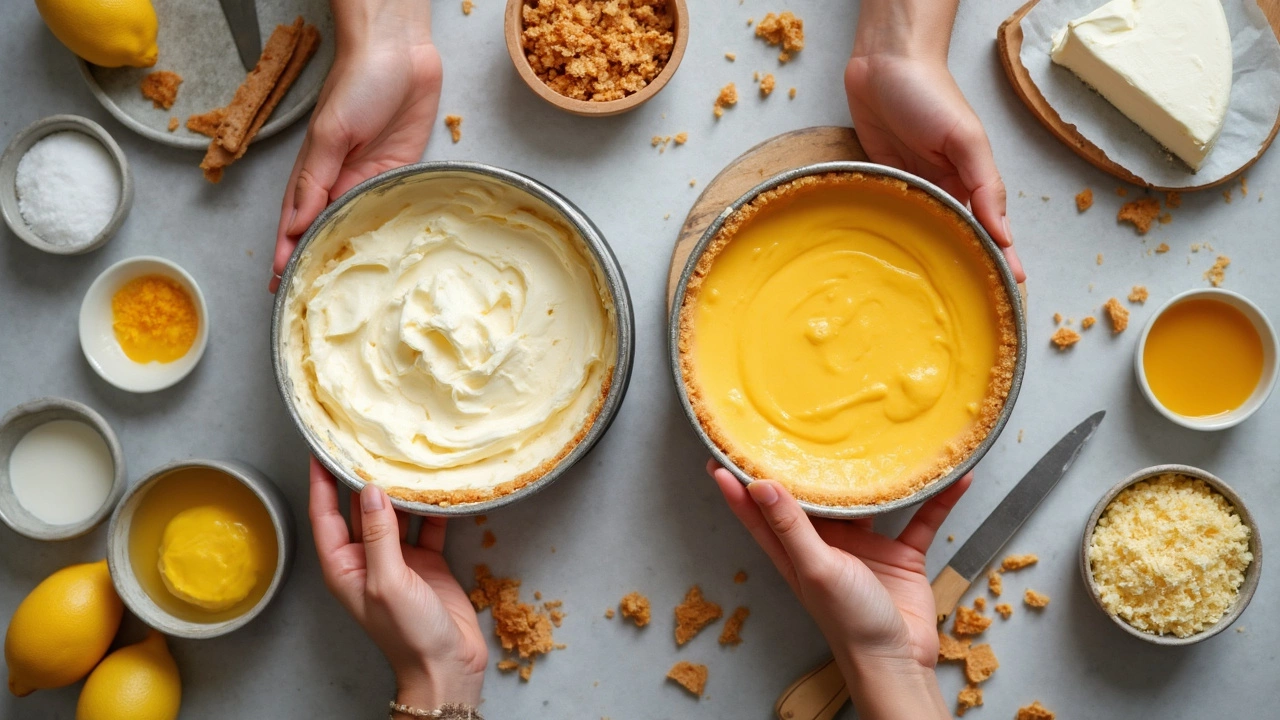
Texture and Taste Differences
If you’ve ever wondered why a slice of Italian cheesecake feels different in your mouth than a classic New York cheesecake, it’s all about the cheese and baking style. Let’s break it down so next time you sneak a forkful, you’ll know exactly what makes each one unmistakable.
New York cheesecakes are famous for being extra dense, rich, and creamy. That’s all thanks to cream cheese as the main ingredient, mixed with heavy cream or even sour cream. When you slice into one, it stands up tall and firm, with a velvet-smooth interior. This texture comes from mixing the batter until it’s fluffy and using a water bath to bake it slow and steady. Bites are thick, almost like cold fudge, but definitely with that signature tangy cream cheese flavor. Sweet but not over-the-top.
Now, Italian cheesecake takes a different route. Instead of cream cheese, the base is mostly ricotta cheese (sometimes mascarpone gets involved too). Ricotta has a lighter, slightly grainy texture compared to the thickness of cream cheese. The taste is more subtle—think milky, slightly sweet, and not as rich or tangy as the New York kind. Because of this, Italian cheesecakes are fluffier and drier. You won’t get that stick-to-your-mouth feeling; instead, the texture is airy, sometimes with noticeable curds, and a lot less heavy. Some recipes even toss in citrus zest for a gentle pop of flavor, so you might notice a light lemon or orange hint that you rarely find in the New York version.
Here’s a quick side-by-side for the real cheesecake nerds out there:
| Italian Cheesecake | New York Cheesecake | |
|---|---|---|
| Main Cheese | Ricotta | Cream cheese |
| Texture | Light, airy, may be slightly grainy | Dense, creamy, very smooth |
| Taste | Mild, a bit sweet, sometimes citrusy | Rich, tangy, pronounced cheese flavor |
| Feel When Eaten | Drier, doesn't coat the mouth | Thick, creamy, leaves lingering taste |
If anyone at your table doesn’t love super rich desserts, the Italian version might actually win them over. I’ve noticed at family gatherings that the Italian cheesecake always surprises people on how quickly it disappears—the lighter texture keeps you coming back for another slice without feeling stuffed.
Tips for Baking Each Style
If you want to bake Italian cheesecake and New York cheesecake at home, knowing a few key tricks will make a big difference. These two desserts aren’t just substitutes for each other; treating them the same way can lead to a flop. Let’s break it down so you get dreamy slices every time.
For Italian cheesecake:
- Use fresh ricotta. Drain it first—really well. Otherwise, the cheesecake can turn out mushy. Line a colander with cheesecloth and leave it in the fridge for a few hours or even overnight. You want it to be almost crumbly.
- Sweeten lightly. Italian versions usually use less sugar. You want the cheese flavor front and center, not just a sugar rush.
- Get your eggs to room temperature before mixing. Cold eggs can cause curdling when mixed with ricotta, which can make the filling grainy.
- Bake at a lower temperature (around 325°F/163°C). This helps it set gently and avoids tough edges. Check at 45-50 minutes, but remember: a slight wobble is good! Overbaked ricotta cake goes dry fast.
- Don’t expect the same thick, dense look as New York style—Italian cakes rise high but settle as they cool, and sometimes crack. It’s part of the charm.
For New York cheesecake:
- Always use full-fat cream cheese. This is non-negotiable if you want that rich, creamy bite. Soft cheese or low-fat versions just don’t act the same.
- Let ingredients like cream cheese, eggs, and sour cream come to room temperature before starting. This makes the batter smoother and lump-free.
- Don’t skip the water bath. Wrap your springform pan in foil and set it inside a roasting pan with hot water. That helps cook the cheesecake gently and prevents those dramatic cracks.
- Bake at 350°F/175°C. When it’s done, the edges will be set but the middle should still jiggle a bit if you gently shake the pan. That means it’s creamy, not stiff (because no one likes rubbery cheesecake).
- Cool to room temperature, then chill in the fridge for at least 4 hours—overnight if you can stand to wait. Skipping this step makes slicing messy and ruins the silky texture.
Ever wonder how different these cheesecakes really turn out? Here’s a quick look:
| Italian Cheesecake | New York Cheesecake | |
|---|---|---|
| Key Cheese | Ricotta | Cream Cheese |
| Texture | Light, slightly grainy | Dense, ultra-creamy |
| Sweetness | Mild, cheese-forward | Sweeter, richer |
| Baking Method | Lower temp, no water bath | Higher temp, water bath |
Whichever you try, stick close to the recipe style for best results. My kids, Dariel and Thalia, swear by the New York one for birthdays, but a surprise ricotta cheesecake always gets compliments (especially from grandparents). Try both—I guarantee you’ll see why their differences matter.

